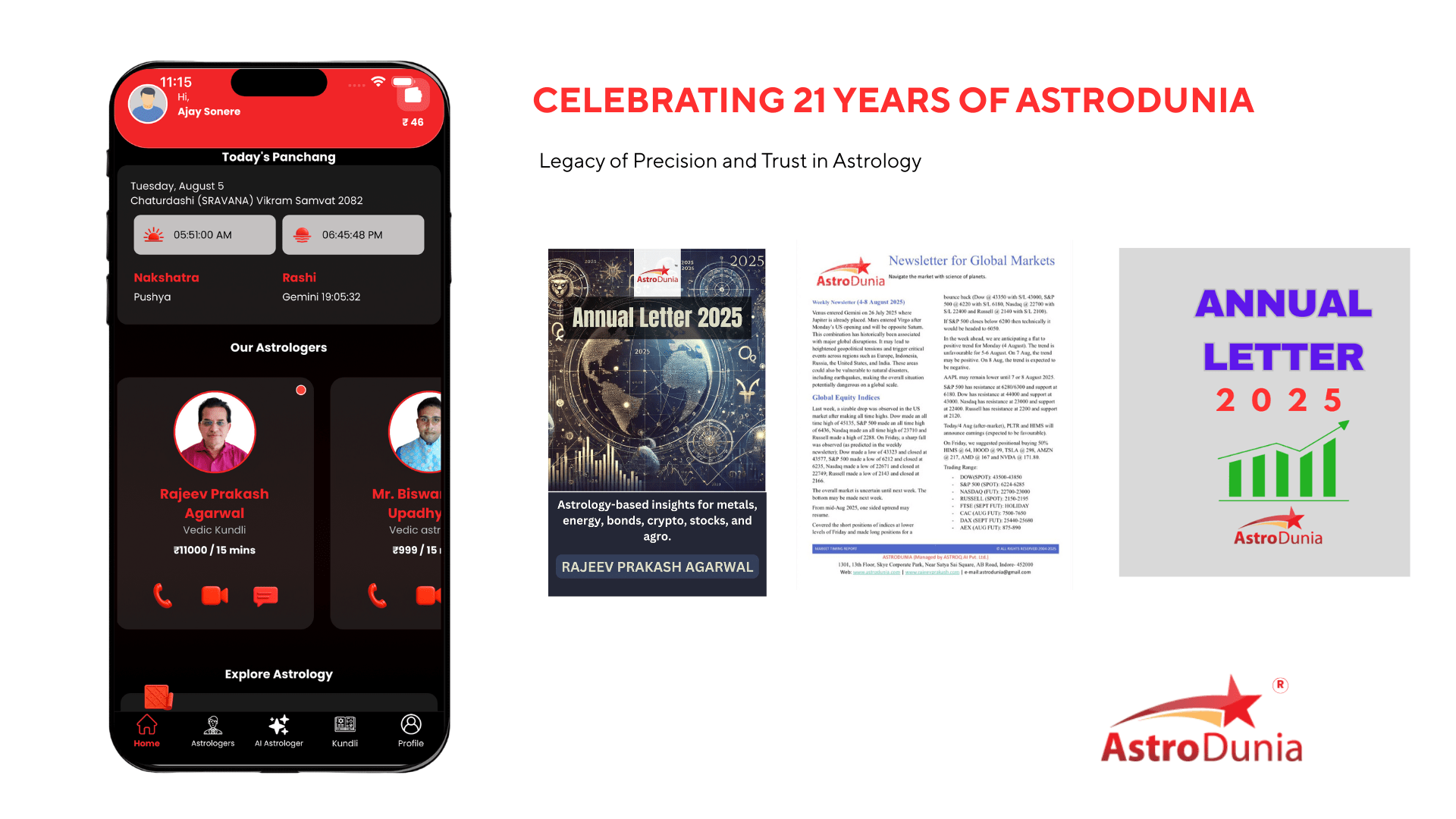Your cart is currently empty!
Hot Stocks today

The stock market in 2024 continues to reflect the incredible pace of innovation and economic transformation. Two companies leading the charge in this year’s hottest stocks are Tesla and Microsoft. As the global economy evolves, both companies are making strategic moves in highly competitive fields like artificial intelligence (AI), electric vehicles (EVs), and autonomous driving. In this article, we will take an in-depth look at what makes these companies standout performers in the stock market, what they are currently doing, and why investors are closely watching their stocks.
Tesla (TSLA): A Transformative Year Ahead
The Impact of the Robotaxi Launch
Tesla has always been at the forefront of revolutionizing the electric vehicle industry, and in 2024, the company’s big news is centered around its robotaxi launch. CEO Elon Musk announced that Tesla’s October 10th event, featuring the prototype of its much-anticipated robotaxi model “Cybercab,” will be a defining moment in the company’s history. This announcement comes at a critical juncture when Tesla is positioning itself as a leader in autonomous driving technology.
The robotaxi is not just another EV; it is a fully self-driving, AI-powered vehicle that Musk claims could reshape urban transport forever. With this launch, Tesla aims to significantly disrupt both the ride-hailing and traditional taxi markets. The robotaxi’s autonomy capabilities will allow Tesla to tap into a multi-billion dollar market for autonomous vehicles, which analysts project will explode in the coming years.
Investors have their eyes on Tesla because if the robotaxi lives up to Musk’s ambitious vision, it could propel the stock to new highs. It is estimated that the widespread adoption of autonomous taxis could add hundreds of billions to Tesla’s market capitalization, pushing the company’s valuation even higher.
Tesla’s Third-Quarter Delivery Data
Another reason why Tesla remains one of the hottest stocks in October 2024 is its recently reported third-quarter delivery data. The company continues to see strong demand for its EVs, despite increased competition and global economic headwinds. Tesla’s ability to ramp up production and deliver on its promise of efficient, affordable electric vehicles is a key driver of its stock performance. In the third quarter, Tesla’s delivery numbers showed solid growth, giving analysts confidence that Tesla is on track to meet its annual targets.
However, while Tesla’s delivery numbers are strong, they don’t tell the whole story. Investors are also looking at the margins Tesla generates on these vehicles. With the continued investment in AI and robotics needed for its robotaxi project, some analysts are concerned about Tesla’s profit margins, especially as it faces growing competition from other automakers like Rivian, Lucid Motors, and traditional car manufacturers expanding their EV lineups.
AI and Full-Self Driving (FSD) Software
Tesla’s robotaxi is powered by its proprietary Full-Self Driving (FSD) software, an autonomous driving system that the company has been developing for years. While Tesla is not alone in the autonomous driving race, the company has made significant strides in perfecting its technology.
In 2024, Musk reaffirmed his commitment to reaching Level 5 autonomy—a classification that describes fully autonomous vehicles requiring no human intervention. Investors are excited about the potential for FSD to not only improve the company’s margins through robotaxi services but also generate subscription revenue from current Tesla owners who purchase the software for their vehicles.
Though Tesla’s FSD software has received criticism for not yet achieving full autonomy, it remains a key part of the company’s future strategy. With autonomous vehicles seen as the future of transportation, Tesla’s innovations in this area could translate into massive gains for investors.
Stock Price Movements and Investor Sentiment
Tesla stock is always one of the most volatile in the market, and 2024 has been no exception. The company’s shares have risen 5% year-to-date, and with the upcoming robotaxi event, many analysts expect the stock to experience significant price movements in the coming months.
Some experts, however, advise caution. Tesla’s stock is trading at high valuations compared to its earnings, and while the company continues to innovate, it is not without risks. The outcome of the robotaxi launch and the company’s ability to continue scaling its production will be key factors determining Tesla’s future stock performance
Microsoft (MSFT): Leading the AI Revolution
While Tesla is capturing headlines with its advancements in the autonomous driving space, Microsoft is quietly but decisively positioning itself as the leader in the AI arms race among tech giants. The company’s investments in AI, cloud computing, and hardware infrastructure are setting it up for long-term growth, making it one of the hottest stocks in 2024.
Big Tech and AI: Microsoft’s Massive Investments
In recent years, artificial intelligence has become one of the most talked-about technologies, and Microsoft is at the forefront of its development. The company has invested billions in AI, particularly in its Azure cloud computing platform, which provides the computing power necessary to run advanced AI algorithms.
Microsoft’s spending on AI infrastructure, including specialized chips and servers, increased by 55% in 2024 compared to the previous year. The company believes this investment will pay off as AI becomes more integrated into everyday technology, from business software to consumer devices.
However, this level of spending has caused concern among some investors. Following Microsoft’s earnings reports earlier in 2024, the stock experienced a sell-off as Wall Street worried about the high capital expenditures needed to build its AI infrastructure. While these fears have subsided, many analysts are waiting to see if Microsoft’s earnings growth will catch up to its investment rate.
AI Integration Across Microsoft Products
One of Microsoft’s biggest advantages is its ability to integrate AI across its vast ecosystem of products, from Office 365 to Azure. In 2024, the company introduced several AI-driven features in its software suites, including enhanced productivity tools powered by OpenAI’s GPT-4. These features are designed to help businesses automate workflows, reduce costs, and improve efficiency, making Microsoft an essential partner for enterprises looking to stay competitive in an AI-driven world.
Another key AI project is Microsoft’s work on AI-powered search. The company is continuing to develop AI technologies that could revolutionize how people interact with search engines, moving beyond traditional keyword-based search to more conversational and intuitive systems. This is seen as a direct challenge to Google, the dominant player in the search space.
Financials and Earnings Growth
While Microsoft’s focus on AI is exciting for investors, the company’s traditional businesses, including cloud computing, software, and gaming, continue to perform well. Microsoft’s Azure cloud platform remains the second-largest cloud service provider globally, behind Amazon Web Services (AWS), and it has consistently posted double-digit growth in recent years.
In October 2024, Microsoft is expected to release its third-quarter earnings report, which will give investors a clearer picture of how its AI and cloud businesses are performing. Analysts expect the report to show continued revenue growth, particularly in cloud computing, as more businesses rely on Microsoft’s infrastructure for their AI and data storage needs.
Challenges in AI Development and Competition
Microsoft is not alone in the AI space. Competitors like Google, Meta, and Amazon are also investing heavily in AI, creating a highly competitive market. While Microsoft has a head start thanks to its cloud infrastructure, the company will need to continue innovating to stay ahead of its rivals.
One of the biggest challenges Microsoft faces is managing the high costs associated with AI development. Building and maintaining data centers capable of running AI algorithms is expensive, and some investors are concerned that Microsoft’s capital expenditures will cut into its profit margins in the short term. However, if Microsoft can leverage its AI investments to create new revenue streams, the stock could see substantial gains in the coming years.
Conclusion: The Future of Tesla and Microsoft in 2024
Both Tesla and Microsoft are making waves in 2024, and their stocks reflect their respective leadership in transformative industries. Tesla’s bold move into autonomous vehicles with the robotaxi launch and its continued innovation in EV technology make it a must-watch stock for investors looking for growth opportunities in the transportation sector.
On the other hand, Microsoft’s significant investments in AI and cloud computing position it as a key player in the technology industry’s future. As AI continues to reshape how businesses operate, Microsoft’s ability to integrate AI into its vast ecosystem will drive future earnings growth.
For investors, both Tesla and Microsoft offer compelling opportunities, but they also come with risks. Tesla’s high valuation and the uncertainties surrounding its robotaxi launch may make it a more volatile investment, while Microsoft’s heavy capital expenditures in AI could weigh on short-term profits. However, the long-term potential of these companies makes them two of the hottest stocks to watch in 2024.
Ready to stay ahead of the curve with high-potential stocks like Tesla and Microsoft? Don’t miss out on expert insights and market timing strategies that can help you make informed investment decisions. Visit rajeevprakash.com today to explore our comprehensive services and get the latest updates on market trends. Take control of your financial future with confidence.

Mr. Rajeev Prakash
Rajeev is a well-known astrologer based in central India who has a deep understanding of both personal and mundane astrology. His team has been closely monitoring the movements of various global financial markets, including equities, precious metals, currency pairs, yields, and treasury bonds.

